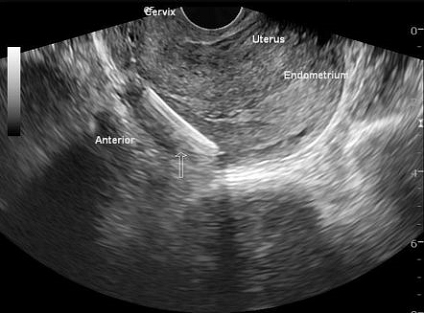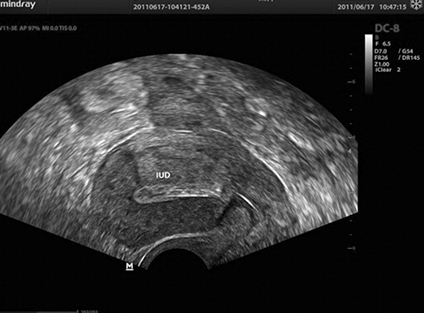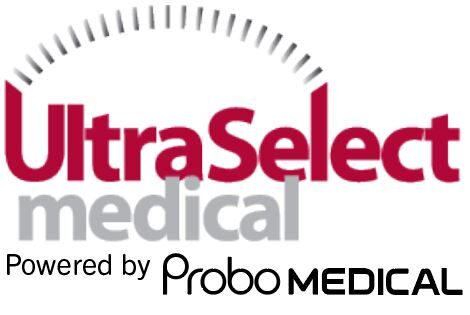One of the reasons we love clinical trials and research is that the process really gets deep into the critical thinking skills. When we are testing a new machine, software, probes, programs or other improvements in the ultrasound world we have to be creative, knowledgeable and very detail oriented. When we do clinical trials we apply those same characteristics to protocol development, image analysis, data collection and patient exams. Above all we are investing in the future of healthcare and helping people.
Back in early 2019 we were asked to provide our skills to tweak a Mindray M7 with a V10-4s transvaginal transducer. This was used to evaluate the Copper IUD (intra uterine device)T380A in Phase III. We were contracted through a now defunct CRO here in Charleston to provide these services. Some of the details we cannot discuss here and are confidential.
We scanned 17 patients who were all consented at the time the study was recruiting. USM was not involved in the protocol development for this trial unfortunately. Six transverse and longitudinal images were obtained of the uterus prior to the insertion of the IUD. Then the same method was repeated for the after insertion images to determine proper placement of the IUD within the uterus. There were specific measurements that were done of the area of the uterus that were particular to this study. This task must be done with personnel with the knowledge of different formulas and how to implement them. All the participants had a follow up scan on the same M7 and probe, using the same protocol but this follow up was performed by a local Ob-Gyn Doctor not by us.
It is important to have the right people involved in these trials because there are many ways to mess up a million dollar study. Then no one is happy. You need the correct machine for the project as well. Sometimes there are trials that have to be able to measure things that are extremely small or large and the data you collect has to be very accurate. The machines need to be fully functional with PW, color flow Doppler, m-mode, power Doppler. Continuous wave is mostly reserved for echocardiography. Protocols may change and you can have serious issues in a trial if you have to postpone patients because you did not invest in the full functionality.

Photo Courtesy of Radiopaedia, Embedded IUD, Should be in the endometrium not in the muscle tissue.

Mindray DC8
This IUD is different because it has a flexible frame with a decreased amount of copper. There are no hormones emitted from this device. This innovative design allows for the differing contours of the uteri and to reduce bleeding. Since many women prefer a long acting, reversible and non-hormonal method of contraception, this is the answer. Patients over the years have stated that IUD’s cause bleeding and cramps. This new IUD seeks to diminish those effects.
We are thrilled to be a part of every trial we are a part of – regardless of the part we play in that trial. There are a number of trials in our area that could benefit from the proper use of ultrasound. As soon as COVID -19 releases the grip on our lives we will actively seek new opportunities.


